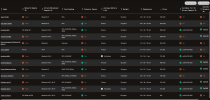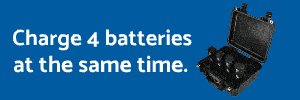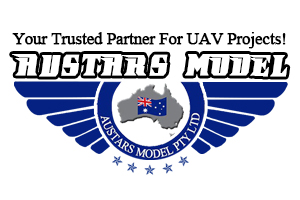With all due respect, remote ID is needed to keep idiots from doing stupid things and not for trained pilots or at least people with common sense and respect for aviation rules. Problem is, they let anyone with absolutely no experience or knowledge of the rules fly drones around the skies. Now we all have to literally and figuratively pay for those people because they've made the skies unsafe.
Having remote ID doesn't make me or anyone one else in this forum "safe". It's only a tool public safety officials get to use to monitor us and I'm fine with that if they were the only ones allowed to use it. Giving civilians access is stupid as hell and will do no good. The same Karen or Ken that'll rat out some FPV idiot for flying through their kid's baseball game will be the same people that try to report us for legally flying over their house at 150ft while doing a roof inspection or mapping mission.
If the government wants to keep us in line, I'm all for it to a point but when they want the public to help out, that's a serious problem.








